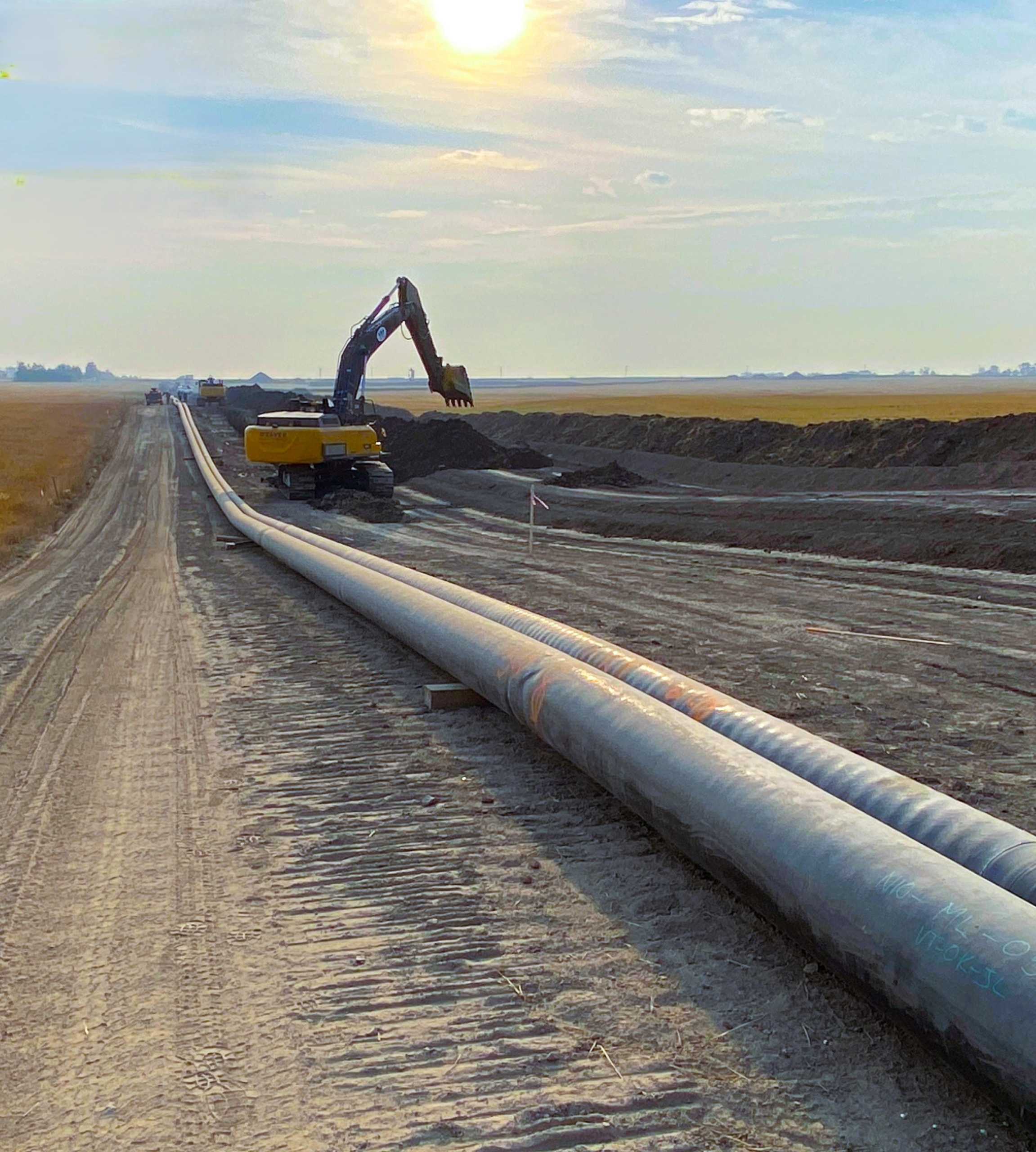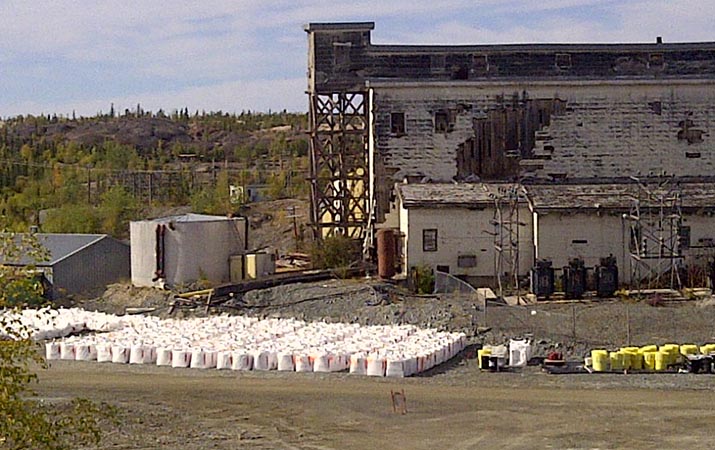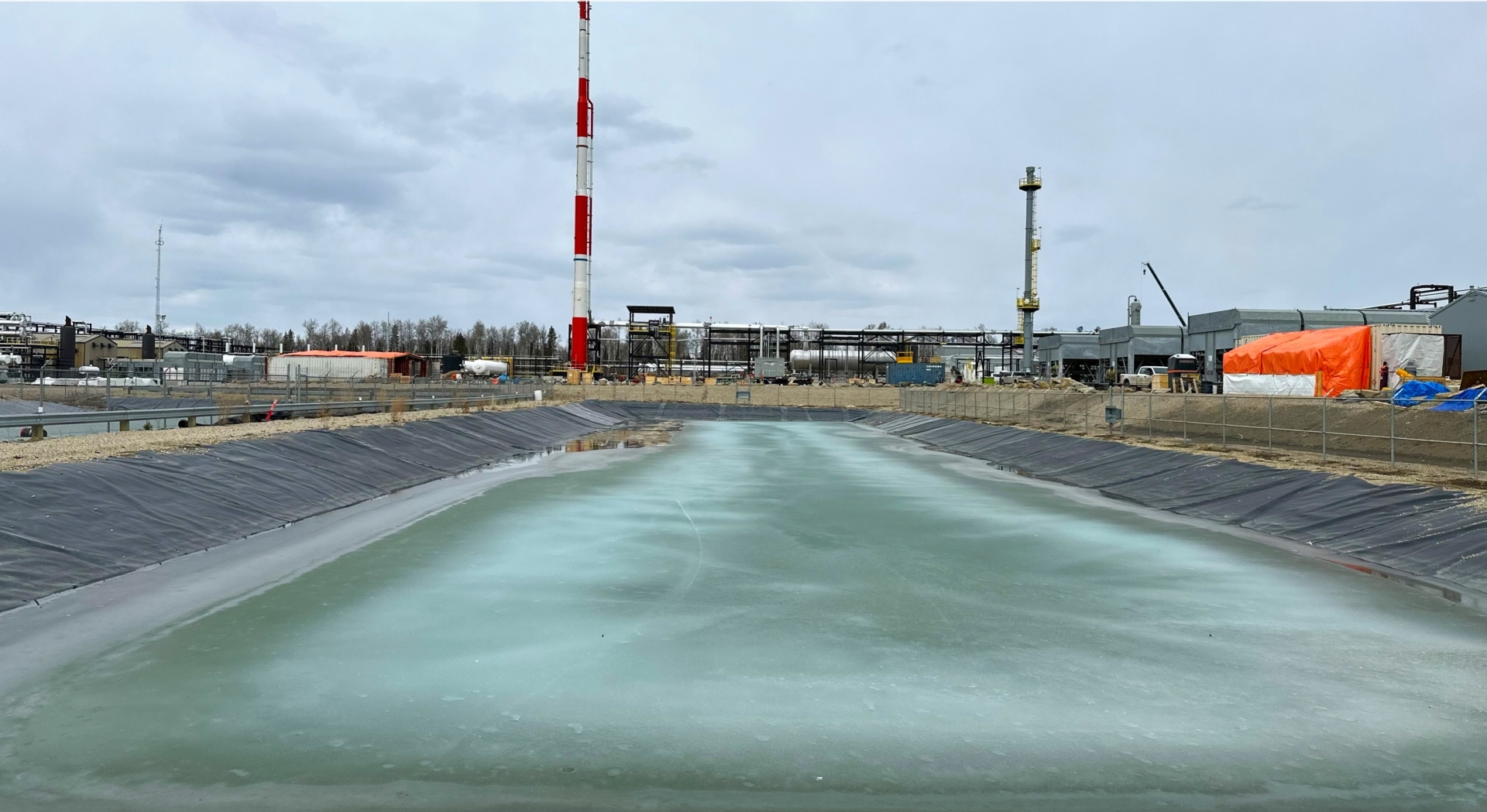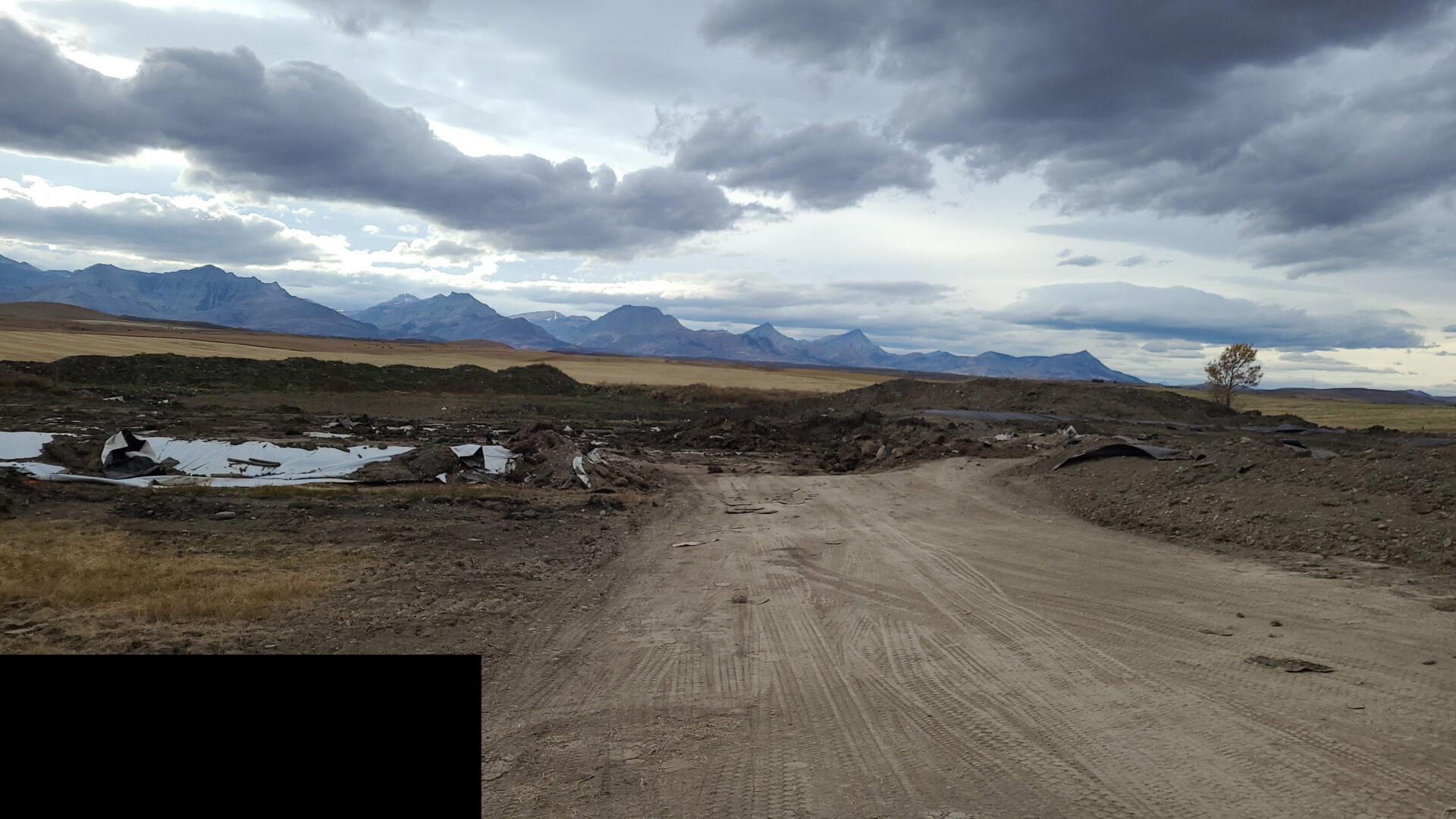In Canada’s vast and varied mining landscape from BC’s gold-rich terrains to Ontario’s nickel belts and Quebec’s lithium frontiers success demands more than resource discovery; it requires strategic foresight amid evolving regulations. Upfront regulatory planning, or “regulatory roadmapping,” and baseline monitoring are proving vital for de-risking projects, securing approvals, and enhancing value in a sector pivotal to the green economy. As Director of Mining at 360, with experience across Canada, I’ve seen these practices mitigate delays, foster Indigenous partnerships, and align with national ESG goals. This insight explores their definitions, importance, optimal timing especially for exploration and key considerations, drawing from federal and provincial frameworks like the Impact Assessment Act (IAA) and provincial EAs.
What is Regulatory Roadmapping?
Regulatory roadmapping is a forward-looking strategy that maps out permitting pathways, stakeholder engagements, and compliance milestones from conception to closure. It integrates federal IAA requirements with provincial acts (e.g., BC’s Environmental Assessment Act 2018, Ontario’s Environmental Assessment Act, Quebec’s Environment Quality Act), identifying synergies like substitution to avoid dual processes. Trends include digital tools for scenario modeling and early Indigenous collaboration under UNDRIP.
What is Baseline Monitoring?
Baseline monitoring captures pre-disturbance conditions across environmental pillars water, air, soil, biodiversity, and socio-economics providing a reference for impacts and reclamation. Nationally, it aligns with CCME guidelines and IAA baselines, using tools like remote sensing for multi-year datasets capturing variability.
In most cases for mining EAs in Canada, baseline monitoring requires 2 years of data to get approved, 2 years is necessary for comprehensive coverage of seasonal variations in hydrology, aquatics, and wildlife. This duration ensures robust, defensible data for impact predictions and regulatory approval, though complex sites may need extensions.
The Importance of Regulatory Roadmapping and Baseline Monitoring
Nationally, these practices de-risk investments in a sector facing IAA scrutiny and provincial variations, helping to cut back on delays and save money by avoiding costly revisions and extended timelines. Roadmapping aligns with federal-provincial cooperation, averts overruns through early identification of issues, and builds social license via proactive Indigenous engagement. Baseline data quantifies changes, supports adaptive management, and aligns with CCME standards, facilitating smoother permitting and informed mitigations that reduce long-term expenses.
For exploration projects, completing baseline monitoring can make an asset more marketable for sale if that’s the goal. A solid dataset demonstrates environmental diligence, lowers perceived risks for buyers, and highlights project maturity making it easier to attract investors or acquirers who value ready-to-advance opportunities.
When Mining Projects Should Start Thinking About Them
For advanced projects, begin roadmapping and monitoring at pre-feasibility to inform designs and EAs, potentially shortening approval processes. Earlier is better delaying amplifies costs and uncertainties.
Even in exploration, start baseline monitoring at reconnaissance capturing undisturbed conditions adds immense value, making assets more attractive to buyers or investors by demonstrating low-risk profiles and EA readiness.
Other Important Points
Integrate with ESG: Roadmapping embeds sustainability, while monitoring tracks biodiversity/ESG metrics, appealing to investors. Leverage tech like GIS for roadmapping and drones for monitoring to enhance accuracy. Engage Indigenous communities early for inclusive baselines. Case studies, like BC’s streamlined EAs, show early planning slashes timelines by years.
At 360, we’ve helped clients implement these from exploration, boosting valuations through robust data and roadmaps.
Thank you for reading,
Nelson
For more information about 360’s mining team, please reach out to Nelson directly at ndebogorski@360eec.com

About the Author
Nelson Debogorski, B.Sc., M.Sc., P.Ag., Director of Mining
Nelson Debogorski brings two decades of experience in environmental and engineering projects related to the resource extraction industries. His technical expertise covers key practice areas essential to responsible mine development, including the assessment, remediation, and management of contaminated lands, EIA, environmental monitoring and management, and regulatory support and consultation. He has led multi-disciplinary teams of up to 30 professionals and managed project budgets exceeding $10 million, driving impactful results in complex environments.



































































